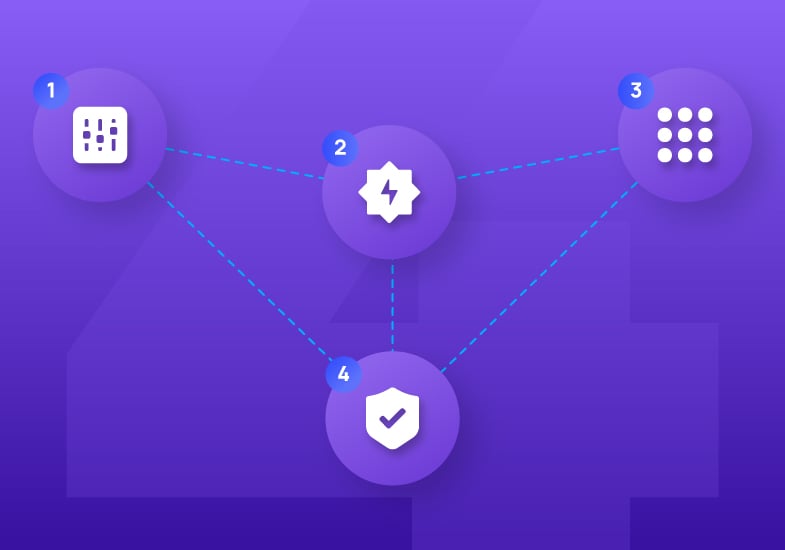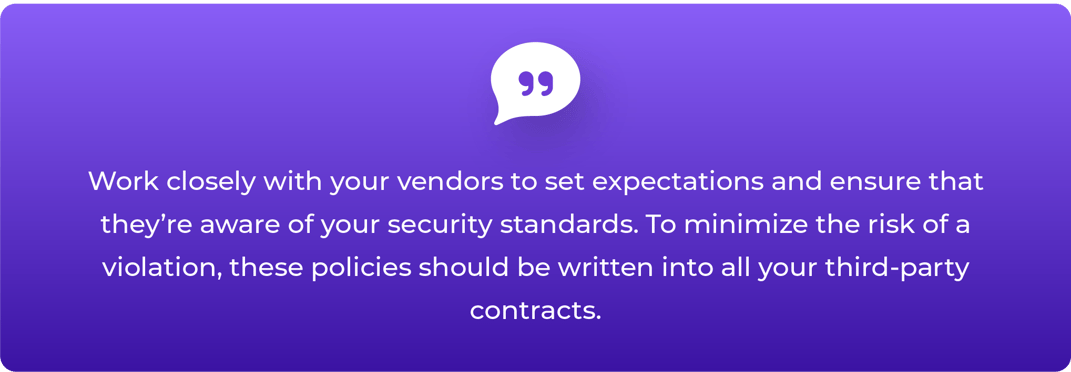Lose The Risk. Keep The Relationships
You’ve taken the first steps. Now you need to partner with the right technology to close your third-party gaps and safely grant access.
Saviynt’s Third Party Access Governance (TPAG) can automate access provisioning and verification for human and non-human identities, take the guesswork out of vendor evaluation, and constantly monitor all your vendors. With Saviynt TPAG, you can:
1. Provision with Confidence
Our risk-based creation policies can help you assess vendor risk prior to onboarding. Throughout the relationship, Saviynt can facilitate the collection of third-party non-employee data collaboratively with internal and external sources.
2. Automate Low-Risk Access
Saviynt TPAG can slash time, cost, and access risk by providing options for adding users via an Access Request System, bulk upload, or via federated identity systems. Self-service registration portals for third parties allow them to complete many of the onboarding tasks on their own.
3. Secure Onboarding at Scale
Saviynt’s intelligent, out-of-the-box, customizable controls can help to identify common vulnerabilities or address specific risks unique to a particular third party. Our peer and access-based analytics can flag high-risk requests for additional review. This improves visibility and speeds remediation, all while reducing the drag on your time and resources.











